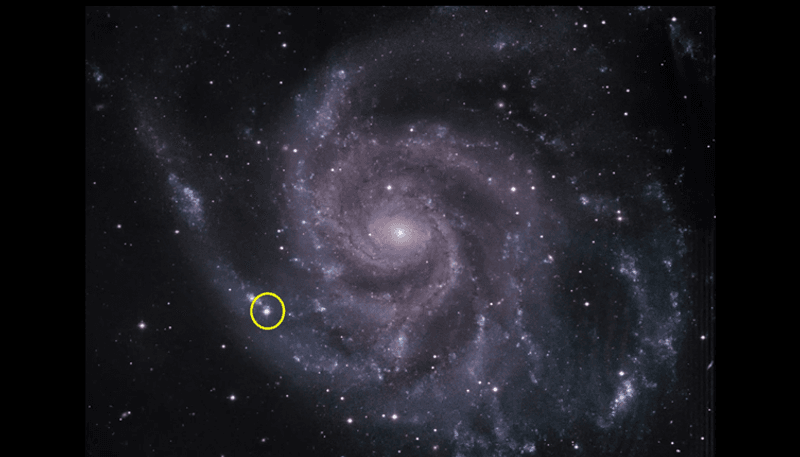Thin structures that dramatically slow the passage of seismic waves have been identified where Earth’s outer core meets the mantle. New research determines these features – known as Ultra Low Velocity Zones (ULVZs) – are made of layers of different material, probably left behind from when the Earth's outer regions were a magma ocean. In particular, at least some ULVZs could have arisen from the same event that caused the Moon's formation.
Despite Jules Verne’s epic vision, we're a very long way from a physical journey to the center of the Earth. Therefore, most of what we know about the interior structure of our planet comes from observing seismic waves. These waves are to geophysicists what X-rays are to doctors – the internal workings of the planet can be reconstructed from the distortions induced in seismic wave patterns. This is how we know the Earth has a not-entirely rigid core. A new addition to this knowledge involves flat structures where the core meets the mantle, described in Nature Geoscience.
Measurements of seismic waves in the 1990s revealed broad regions no more than 10 kilometers (6.2 miles) high whose composition slowed waves as they passed between mantle and core, or bounced off the boundary, up to 50 percent. Little, however, was known about these zones – although paper co-author Dr Michael Thorne of the University of Utah described them in a statement as; “Some of the most extreme features found anywhere in the planet.”
Professor Hrvoje Tkal?i? of the Australian National University told IFLScience we don’t even know how widespread ULVZs are, as identifying them requires both deep earthquakes powerful enough for signals to survive distortion and well-placed detection devices.
The Tonga-Fiji subduction zone creates the right sort of earthquakes quite frequently. Fortunately, Tkal?i? added, these are very deep so the area is spared frequent tsunamis. Instead, these quakes represent excellent tools for probing the planet. The quakes reveal ULVZs halfway between the source and abundant detectors in both Australia and North America, in prime positions to be studied as waves bounce off them on the way to the detectors.
In particular, Tkal?i? and co-authors explored a ULVZ under the Coral Sea off Australia in unprecedented detail. “The key discovery is that they are layered,” Tkal?i? told IFLScience, with each strata having different effects on seismic waves, and therefore differing compositions “That’s a big conceptual advance. Having internal structure changes the paradigm.…They are similar to Earth’s sedimentary rocks, and we can apply what we know about formation processes.”

Just as sedimentary rocks precipitate from an ocean or lake, the researchers believe ULVZs precipitated from a magma ocean. “Heavy elements went down, light ones went up,” Tkal?i? added. Early in the Earth’s formation, there may have been several times when it became so hot its outer layers differentiated in this way. Most planetary scientists are confident this occurred when the Earth was struck by a Mars-sized object, throwing up material from which the Moon formed.
"Over billions years of the Earth's shaping and reshaping, these zones have churned close to the planet's core but largely remained intact," Tkal?i? said in a statement. "It's like an egg in a cake that doesn't get mixed in with the rest of the ingredients but stays as [yolk] and egg white, despite the constant mixing all around it."
Exciting as this discovery is, Tkal?i? also has disappointing news. Some geologists have speculated ULVZs might explain the puzzling formation of hotspots, such as those beneath Hawaii and Iceland. However, Tkal?i? told IFLScience; “There is no convincing spatial association,” between the two phenomena.




